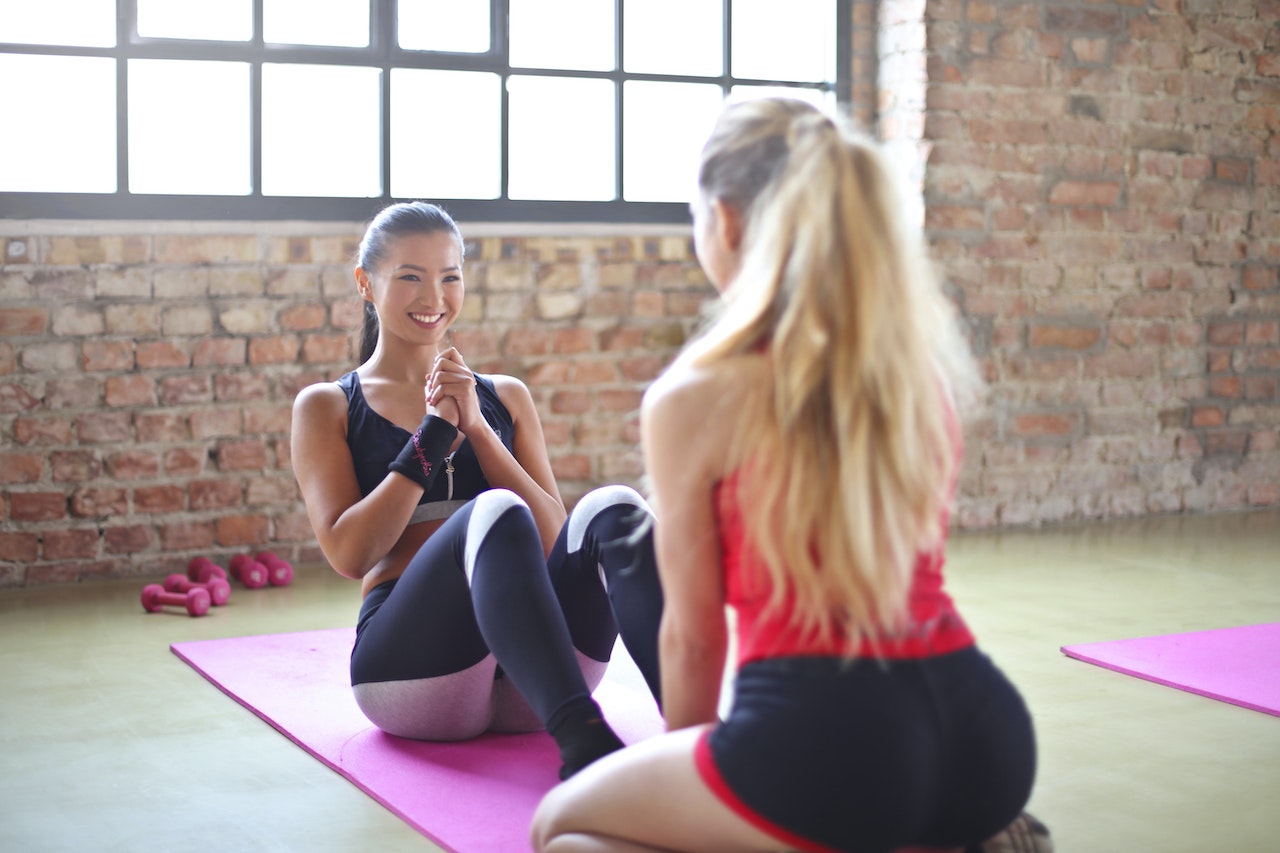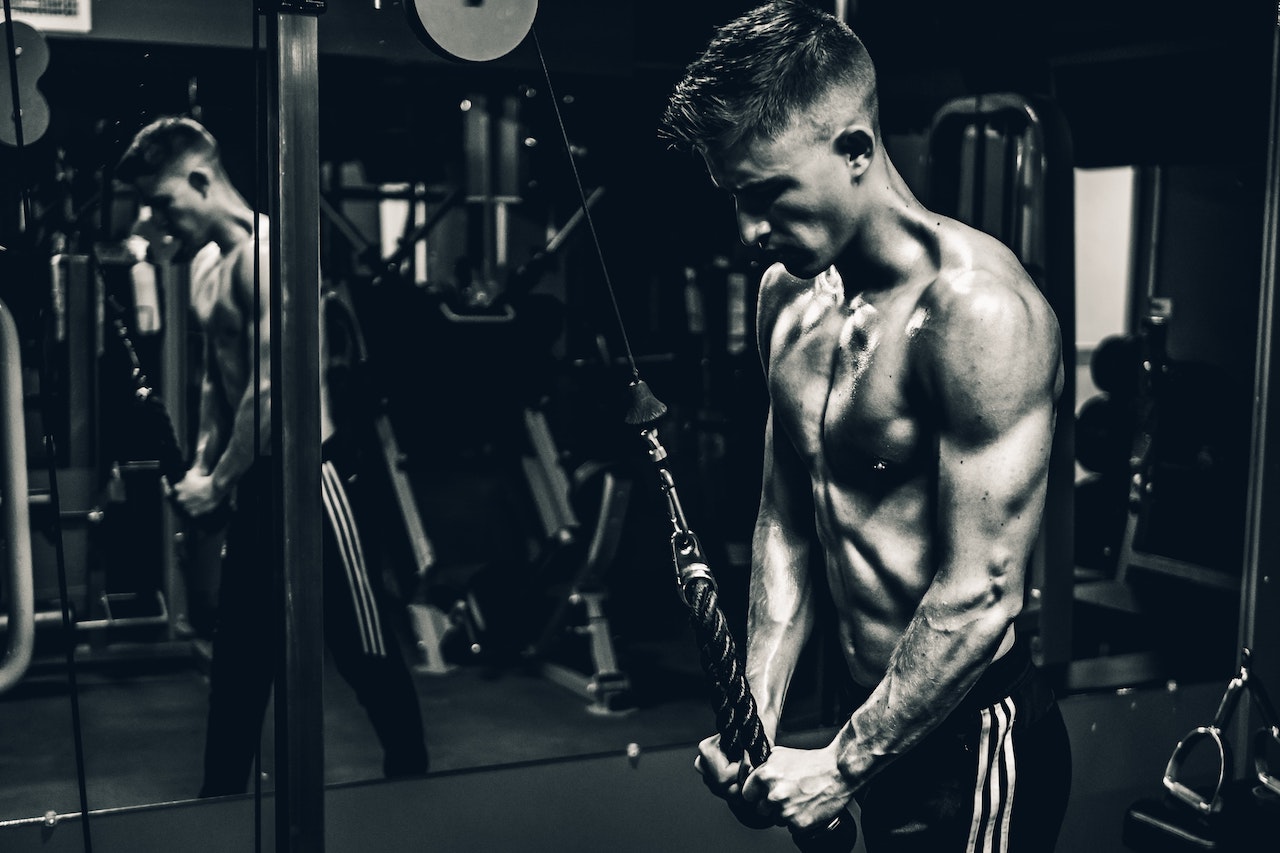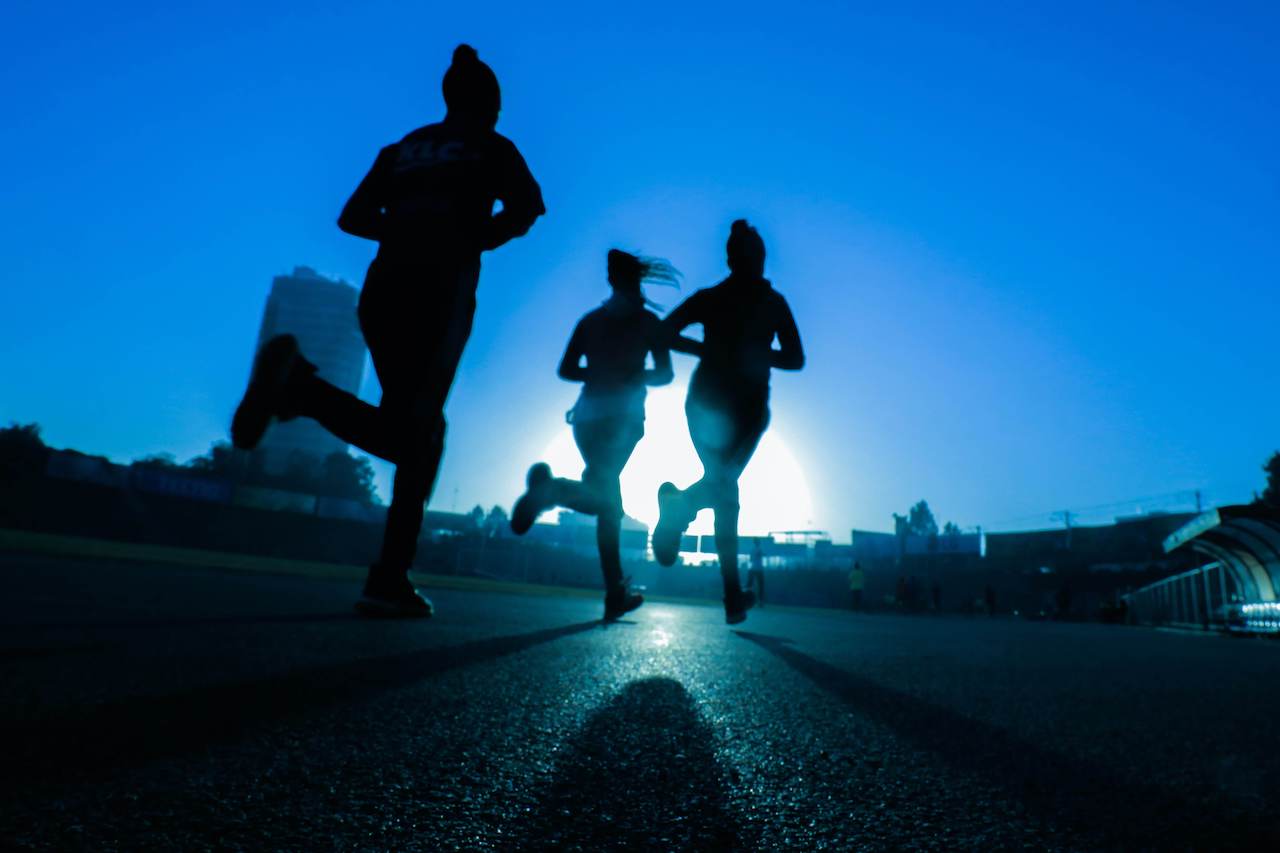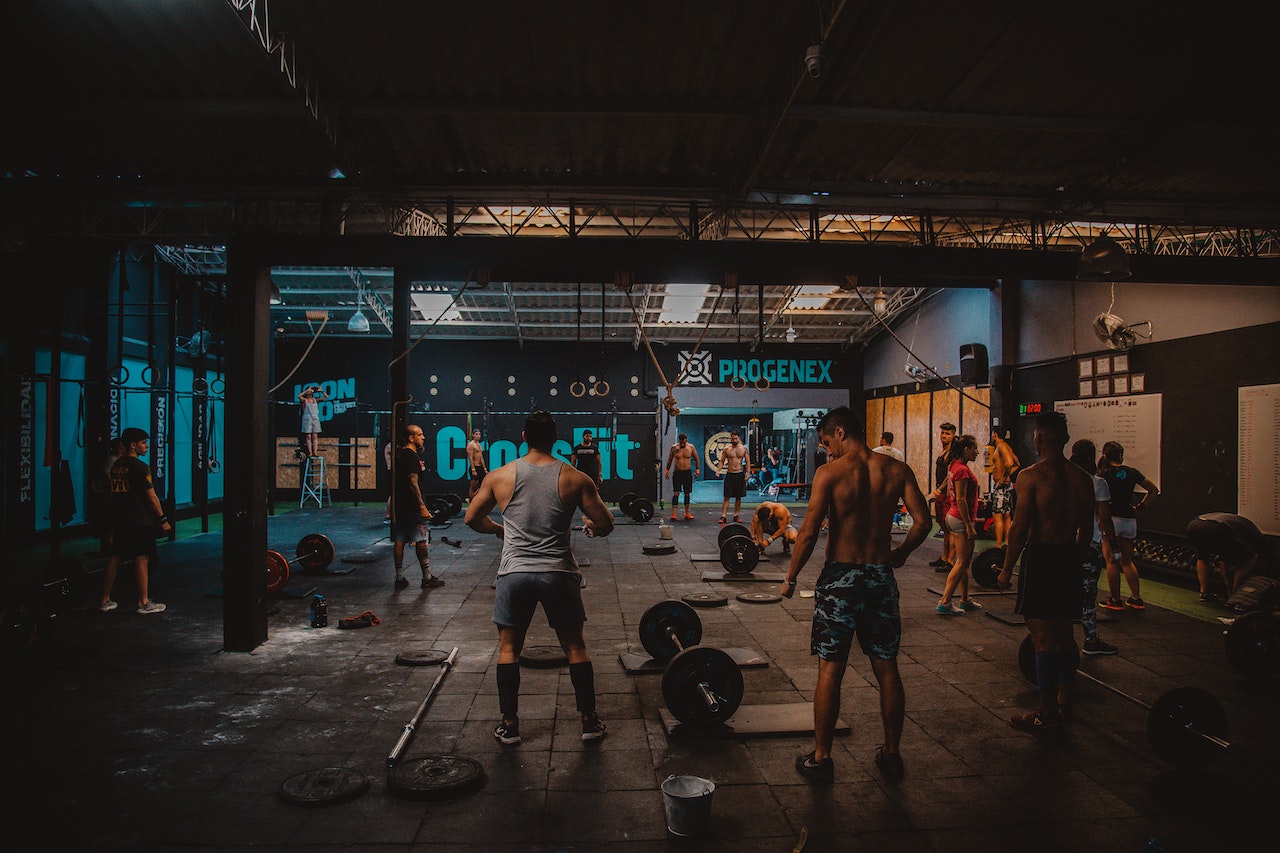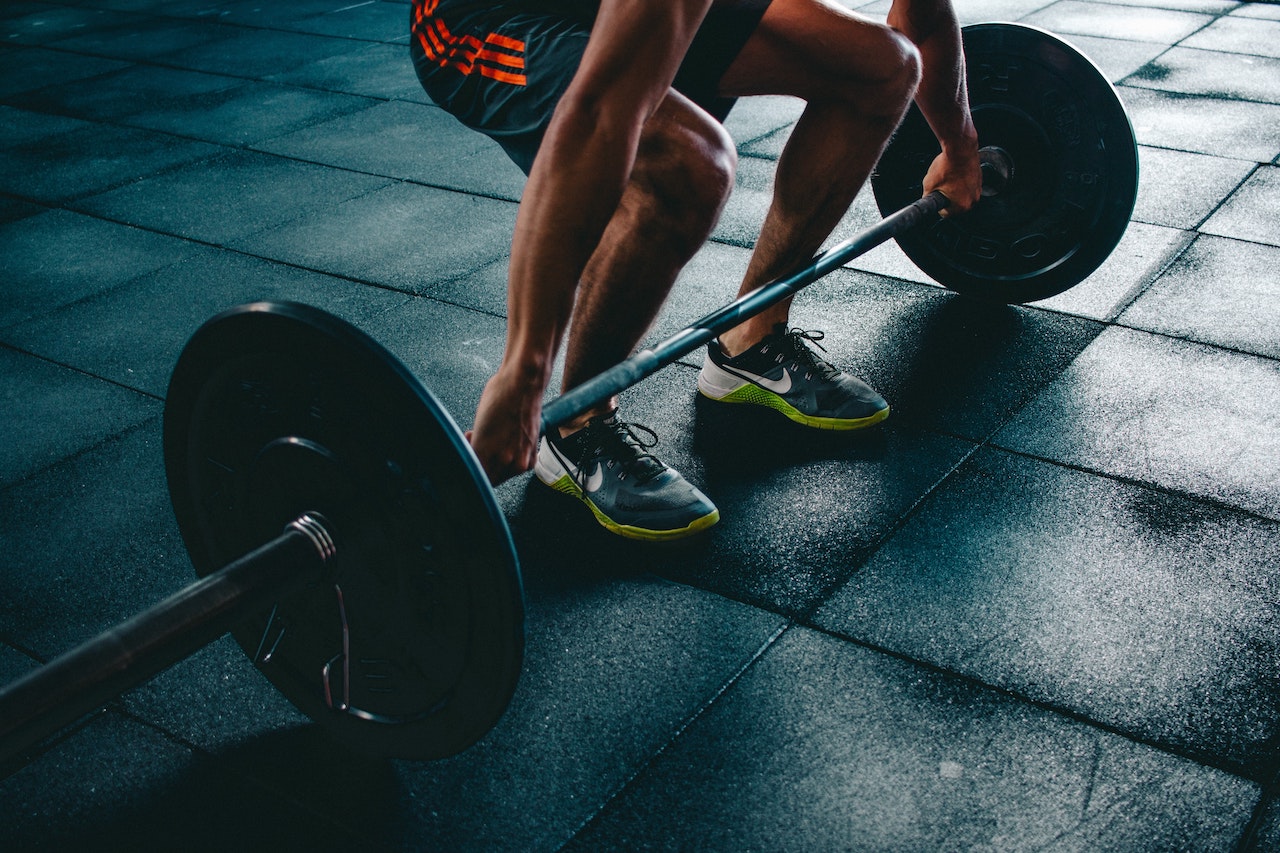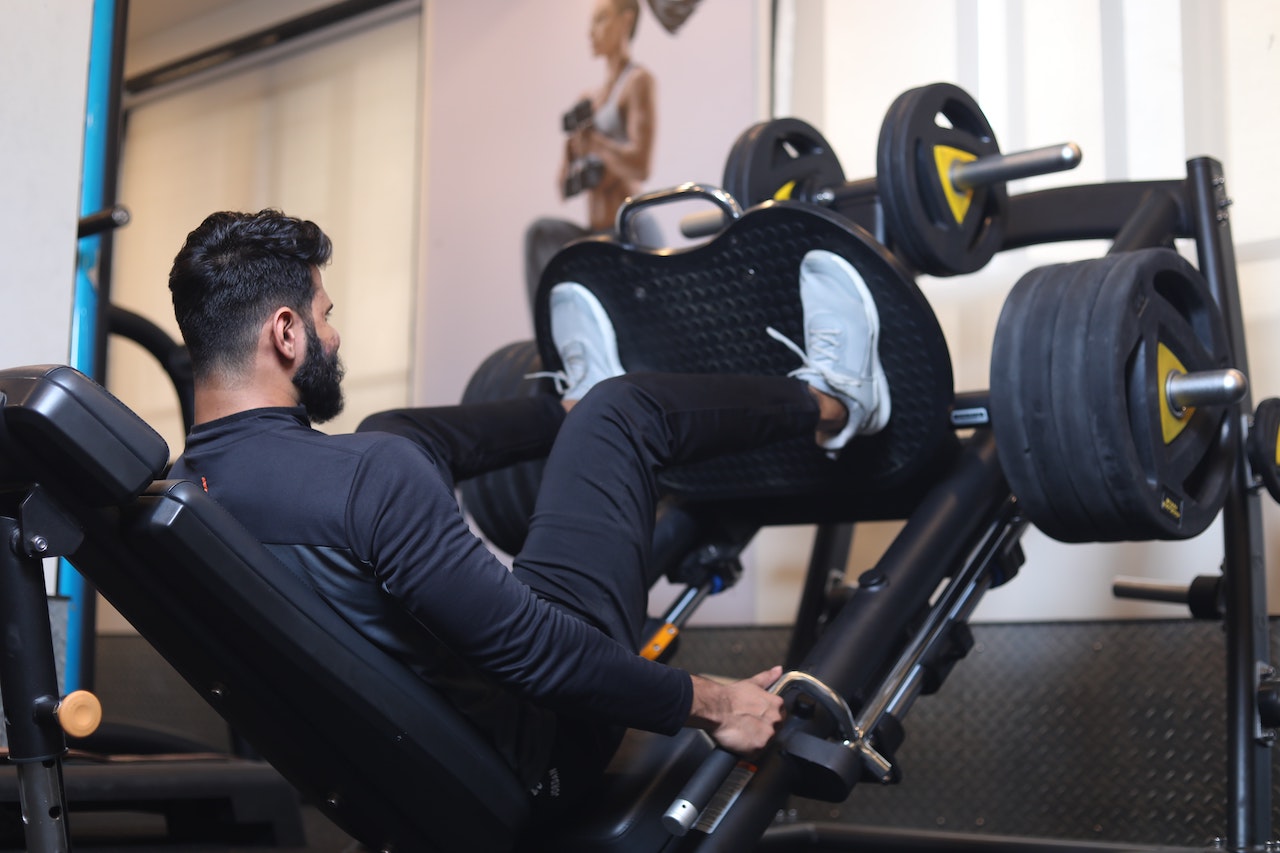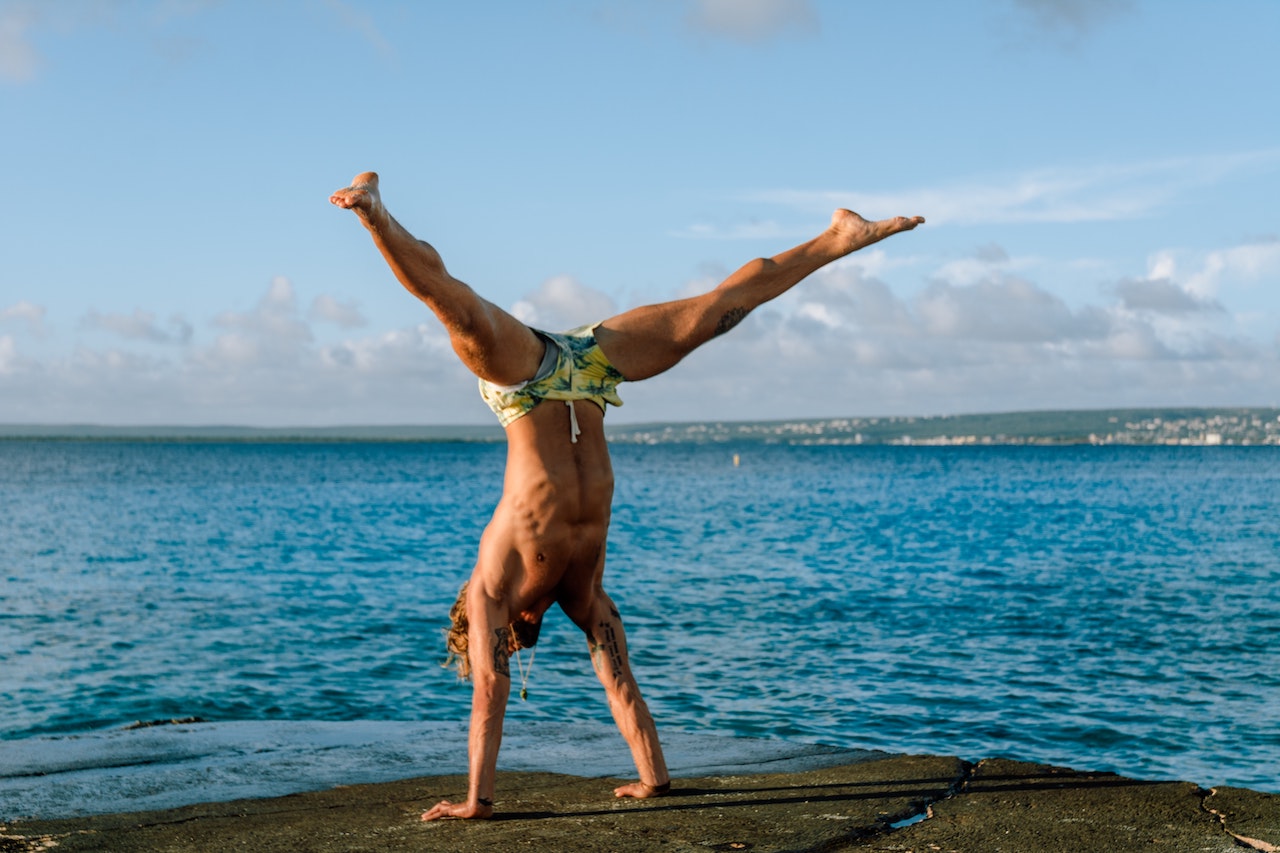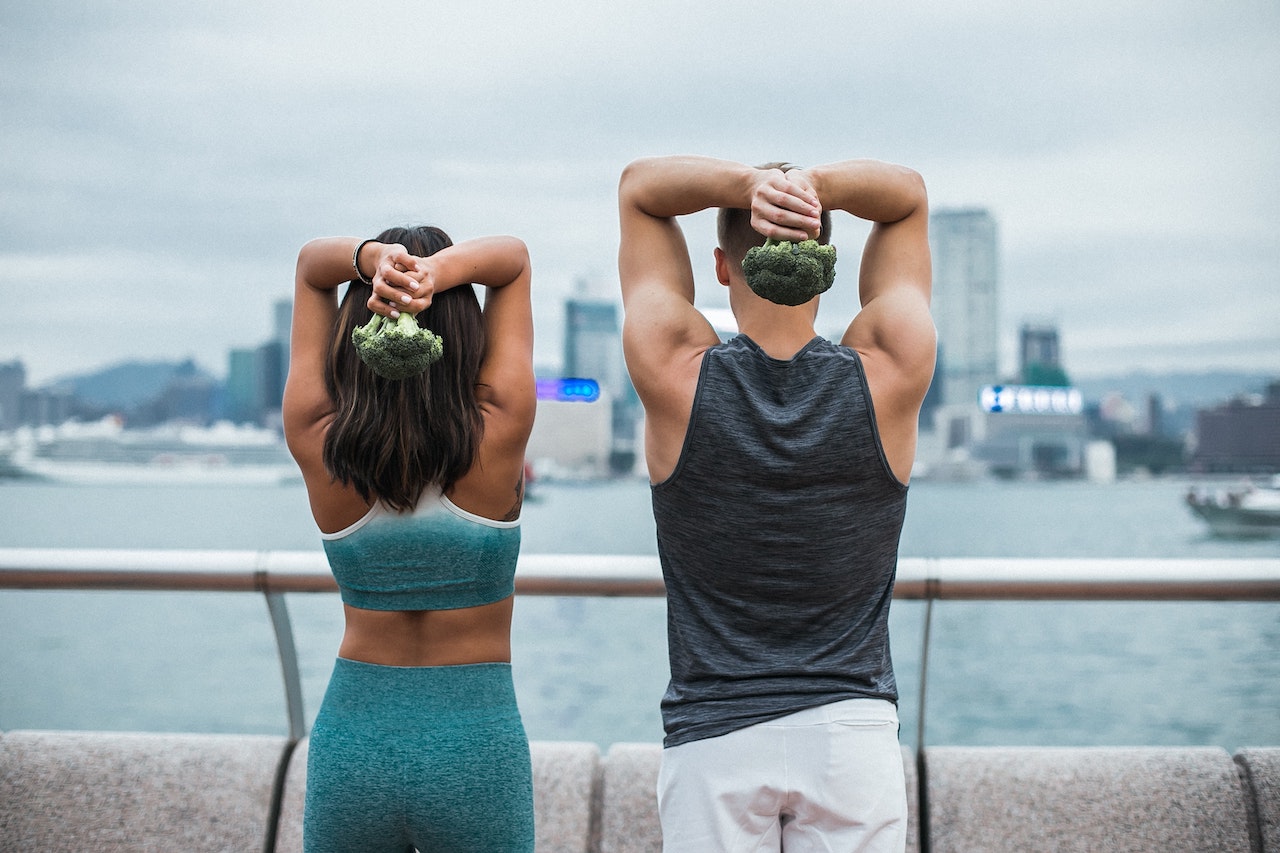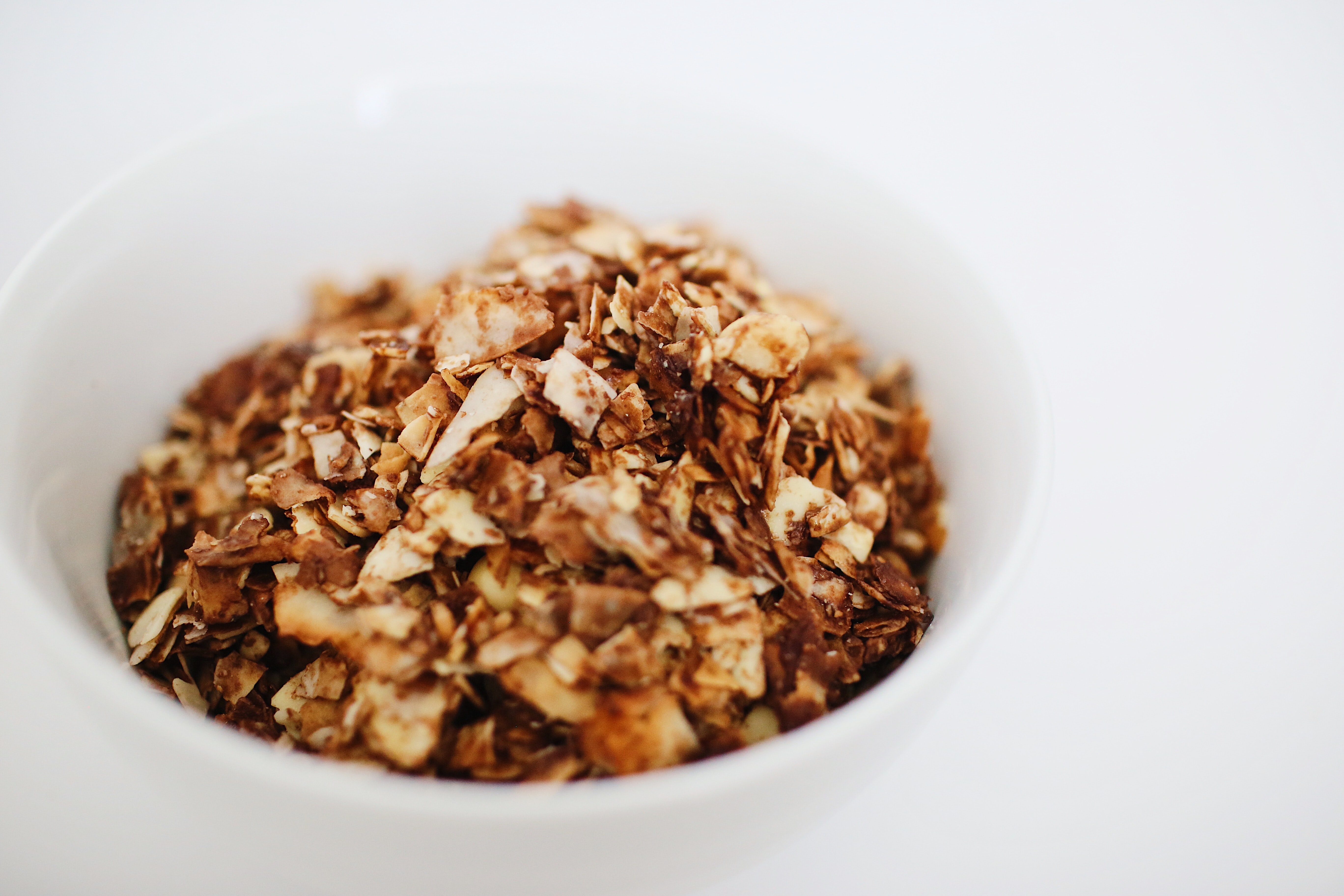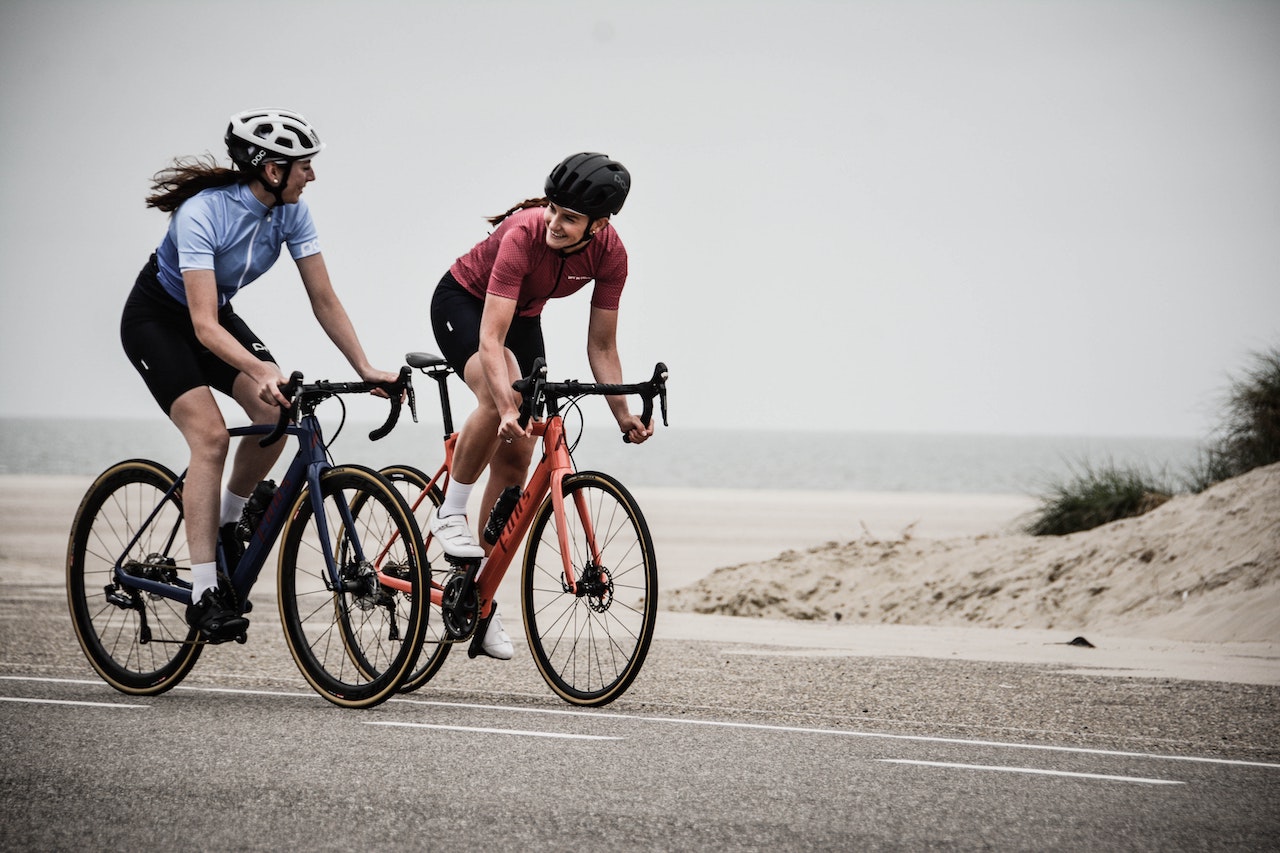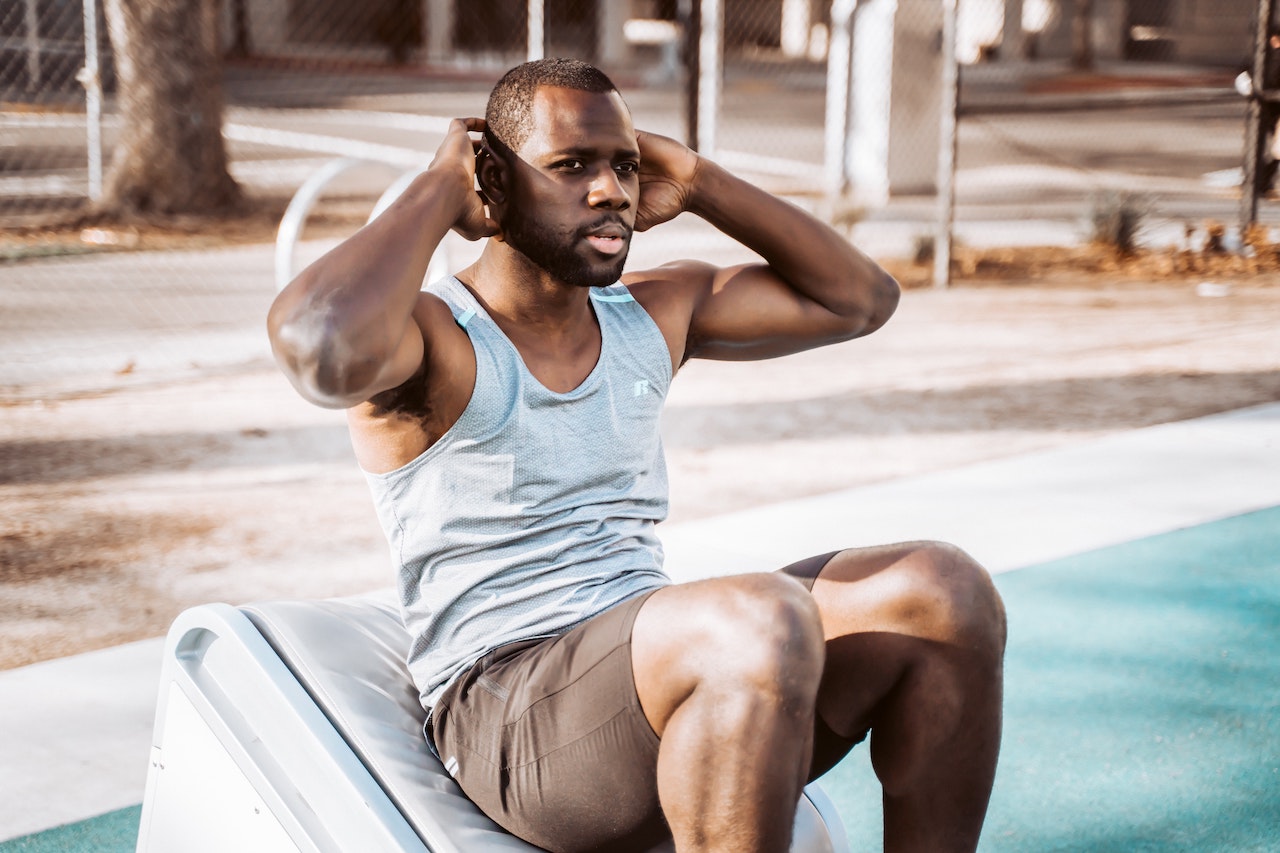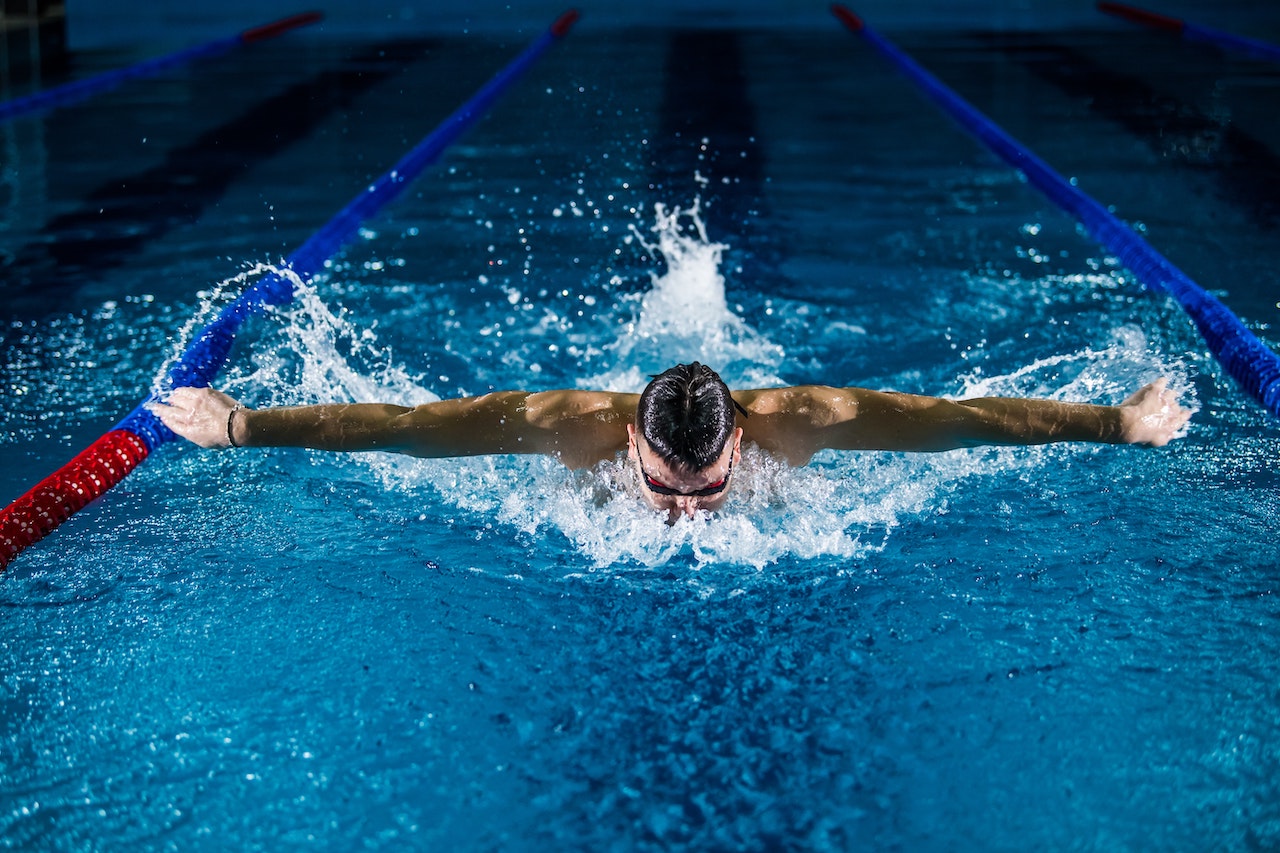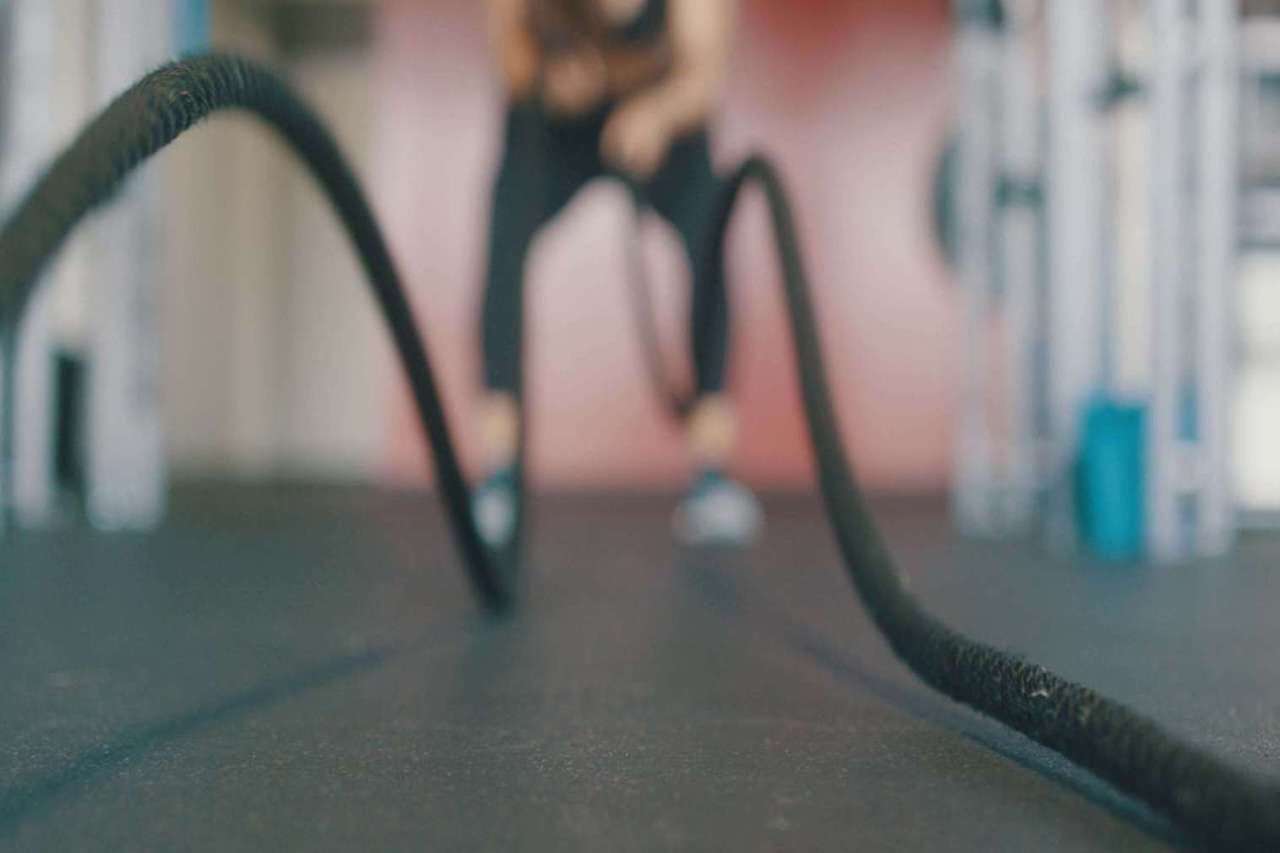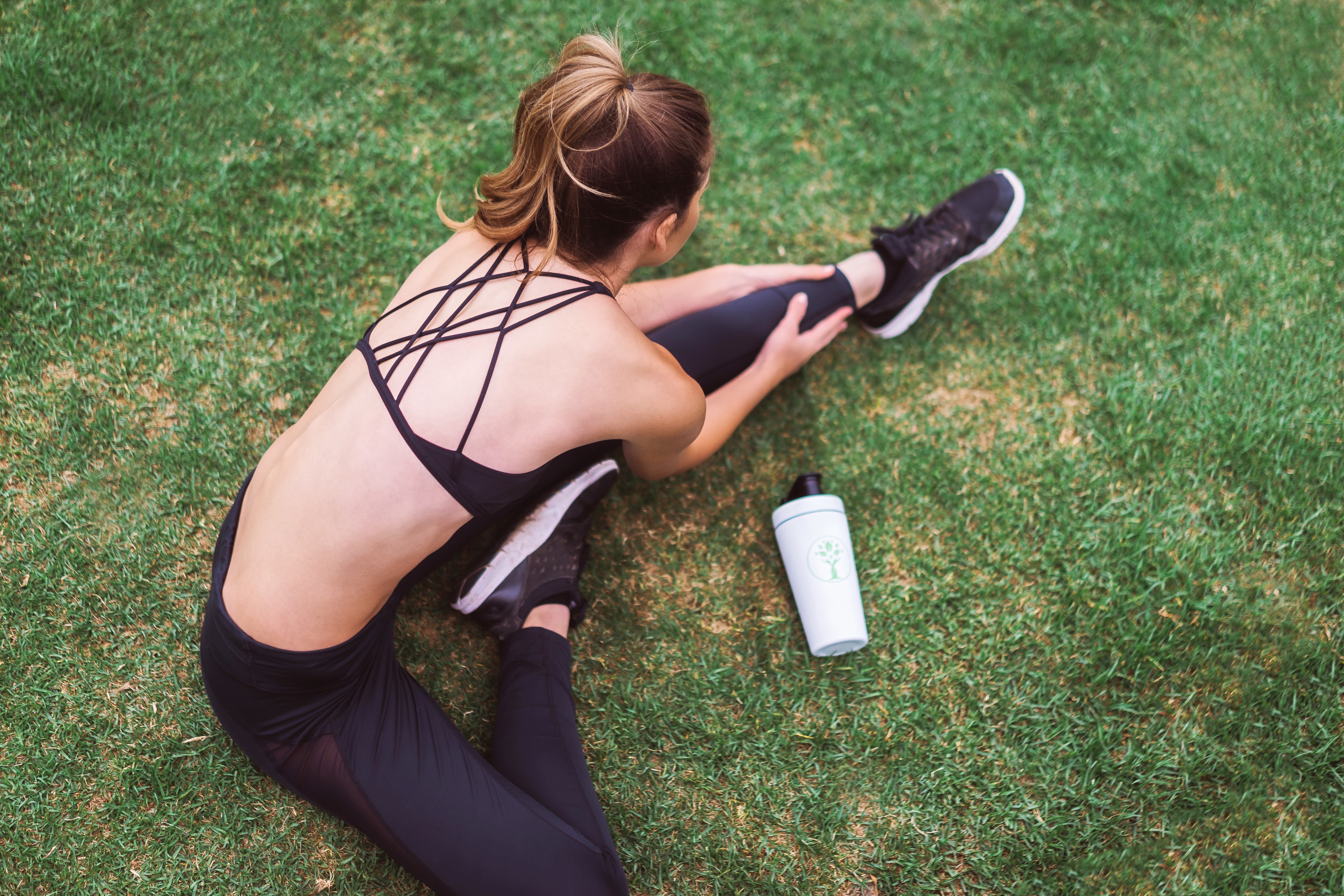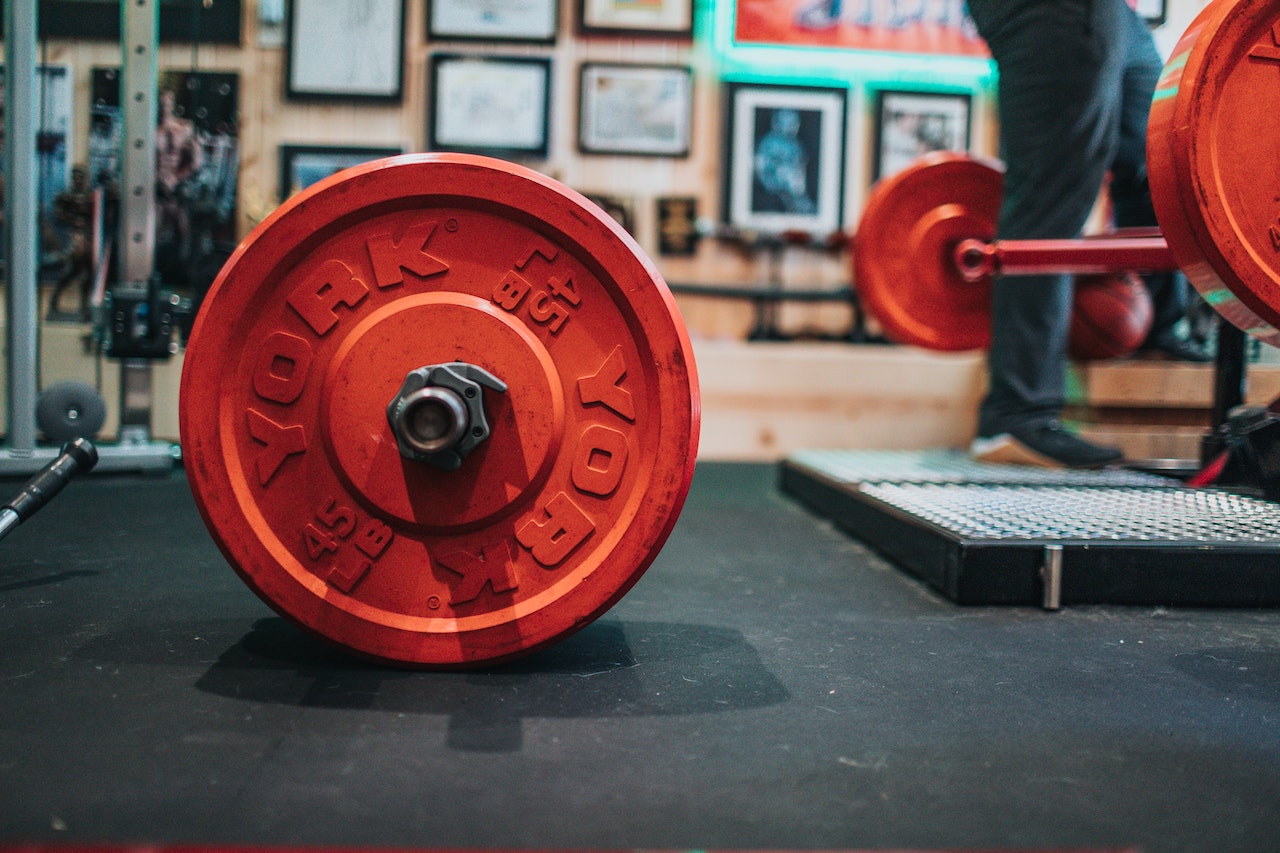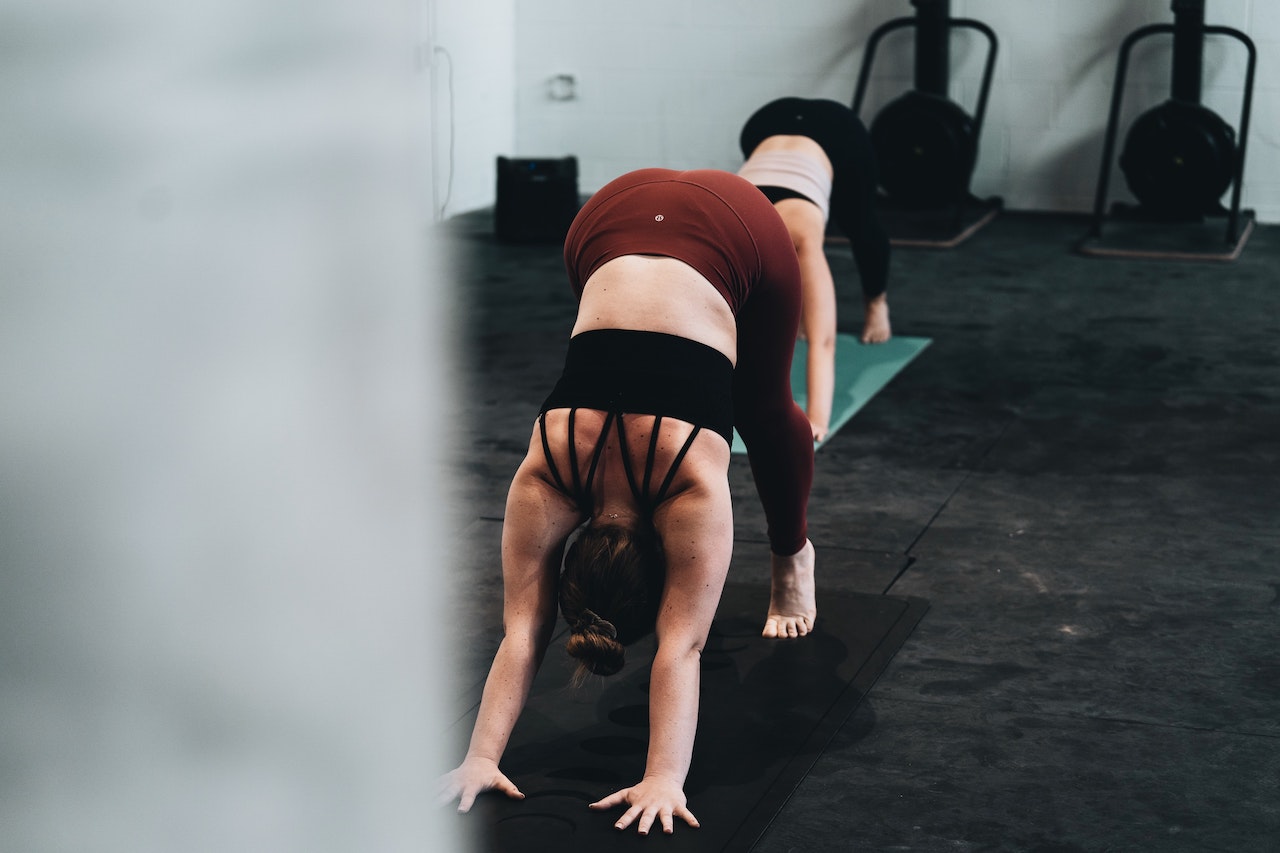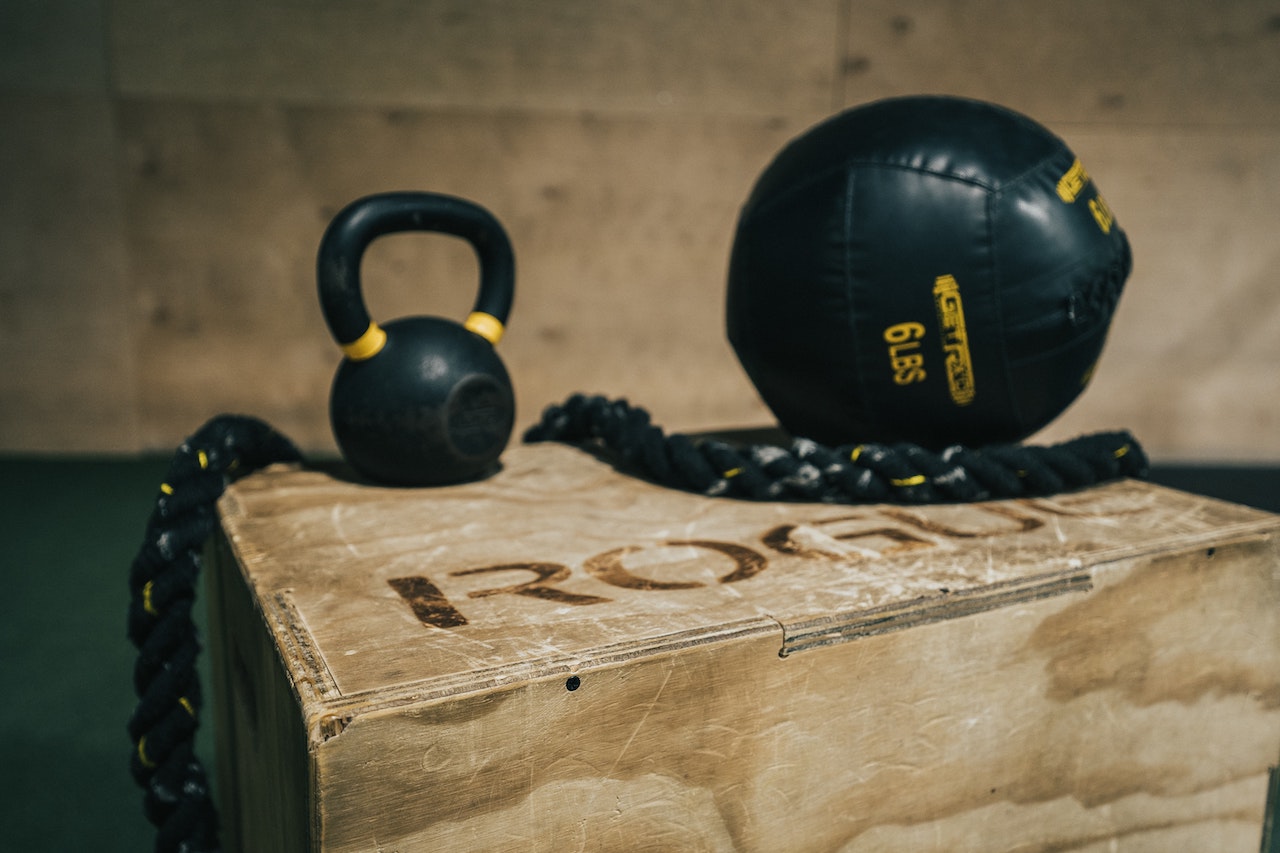why is it that some peeps practice their legs but are happy? Because, in seeing their constant progress, how can they not be happy. How exactly does a deep squat have to be adjusted to go from straw legs to pile driver?
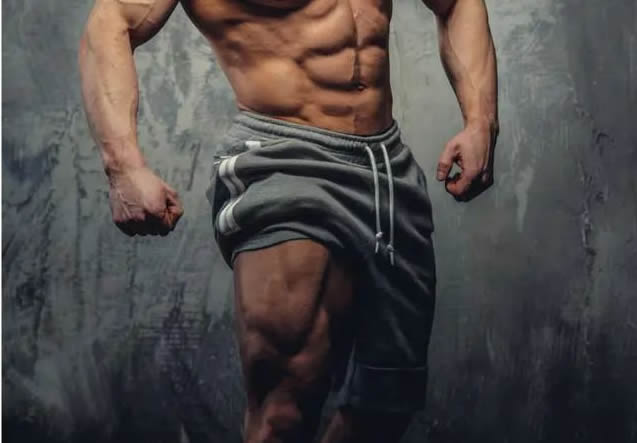
the barbell squat features prominently in the training programmes of professional bodybuilders, powerlifters, olympic lifters, footballers and rugby players. There really is no reason why you can't get it right and get plenty of rewards from it too.
The deep squat is one of the main compound movements, mobilising several muscles and several joints at the same time to complete the movement, causing great stimulation to the quadriceps, hamstrings and gluteus maximus, and properly trained also strengthens the ligaments and tendons around the knee and hip joints etc.

it is a very useful leg movement that can also improve training performance in other movements. In addition to the target muscle groups, the deep squat also improves ankle stability, which drives the heel; maintains core stability and lifts the weight, the deep squat also requires shoulder flexibility and mobilisation of the trapezius to control the barbell.
This movement has a great effect on the body, burning a lot of calories which helps you lose weight and also promotes the body's natural production of testosterone and growth hormone. Make sure you get the correct movement pattern and range of strokes when training before gradually increasing the weight.
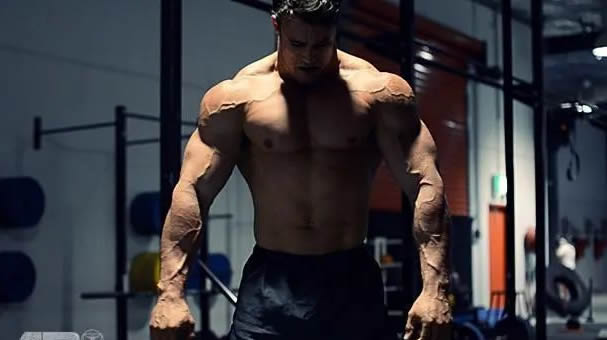
how to prepare for the barbell squat
l train for the self weighted deep squat. Keeping your core tight, place your feet shoulder-width apart with your toes slightly outward. Slowly lower your body until your quads are parallel to the floor (or even slightly lower), keeping your chest up and your back straight.
L after easily completing multiple sets of 15-20 reps, you can do goblet squats, a movement in which you hold a kettlebell or dumbbell in your hands in front of your chest. This will add resistance and help keep the back straight. When the performance is satisfactory, start working on the barbell.

how do i do a barbell squat?
L raise the bar with the barbell resting on the muscles behind the shoulders.
L take two large steps backwards, feet shoulder-width apart, toes slightly outwards.
L maintain a neutral spine position, look at a spot on the ground about two metres in front of you and squat down as if you were going to sit on a chair.
L squat down until your hips are flexed to below knee height.
L return the barbell along the same path with the weight at the centre of the feet.

deep squat movement tips
1. Don't lower your head
before the deep squat, pick a point on the ground in front of your body and look at that point. Keep looking at this point as you squat deeply. Then stand up again. This will help to avoid chin down, which would otherwise make the upper spine useless, causing the body to lean forward and distorting the movement when the last set is about to be exhausted, and also be careful not to stare at yourself in the mirror, as this will distract you.
2. Lift your chest
squat as deep as possible to reduce the risk of injury and keep your chest up throughout the movement. By keeping your chest in, your spine will bend (bend forward), which is not a good thing when carrying a barbell. Keep your chest in a neutral position, take a deep breath before standing up, and close your breath as you lower down, keeping your core. Control your muscles at the lowest point and exhale as your body stands up to the starting position.

3. Elbows forward
before starting the movement, try bringing your elbows forward. This may feel a little uncomfortable, but will help maintain a stable position when moving the weight. When the elbows are backwards, it can cause the shoulders to rotate inward, making it more difficult to keep the spine upright. Elbows forward can also stimulate the latissimus dorsi, which will further stabilise the upper body.
4. Keep your knees in line with your toes
keep your feet shoulder-width apart and point your toes slightly outwards, to a 10 o'clock and 2 o'clock position. Bend the knees and hips at the same time, while keeping the knees in line with the toes. It does not matter if the knees cross the toes, avoiding them leaning inwards. If you are flexible enough, you can squat lower, contract your muscles and stand up again.
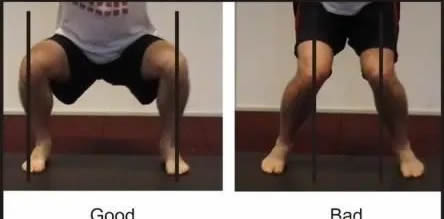
5. Heels flat on the floor
throughout the movement, the weight of the foot should be placed between the heel and the ball of the foot. If the weight is on the ball of the foot, it will put extra strain on the knee.
Those who have difficulty keeping their heels flat on the floor may be doing so because the hamstrings are too tight. To stretch them properly, squat with your back against the wall and hold your knees in front of your chest. It doesn't matter if the spine is bent at this point, in which case there is no external pressure being applied, and the stretch is designed to make the squat deeper.

supplementary movements for the deep squat
add these movements to your workout to train the key muscles involved in the deep squat so that you can squat heavier weights.
1. Front neck squat
l raise the bar and cross your arms in front of your chest, supported in the front shoulder girdle.
L squat down, keeping the chest up and standing on the foot drive.
L the weight of the front neck squat is concentrated on the quadriceps as the weight is in front of the body, encouraging you to keep your chest up.

2. Goblet squat
l holding the kettlebell in both hands, squat down with a straight back and chest.
L squat until your elbows touch the inside of your knees and stand up with your weight on your heels.
L this is ideal for beginners and is a relatively easy way to increase the depth of the squat.
L if using a lighter weight, you don't have to worry too much about your spine position and can concentrate on keeping your body as low as possible.

3. Bulgarian split leg squat
l place your back foot on a flat bench and hold a dumbbell in each hand.
L bend your knees and lower your body towards the floor, keeping your torso upright, then stand up to the starting position.
L do the same number of reps on each leg.
L this variation of the squat will target the quadriceps, which are a key muscle group in the deep squat, and also allows the legs to be trained apart, with both sides becoming equally strong and stable.

achieving the new deep squat programme
1. Bodyweight x 1x
as the first important benchmark for the deep squat, reach this goal as soon as possible. Adding a small amount of weight each week will help progress. When reaching plateau, try losing 10% of your bodyweight. This small reduction will allow your body to recover, adapt and break through the bottleneck of the movement to reach your goal of a deep squat deadlift.
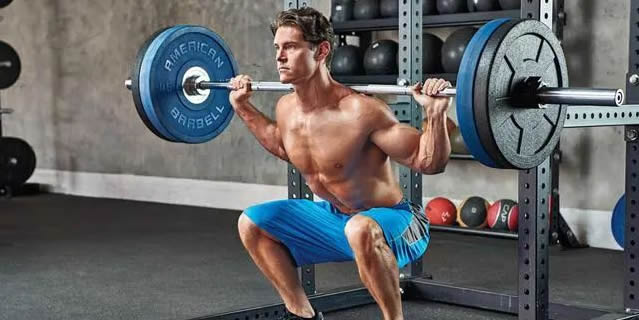
2. Bodyweight x 1.5x
as one approaches this weight, the movement takes on new requirements, for example, a strong core is required. Strength from the abdominals and lower back is needed, so train them. Pausing the squat will also help, as static support will make the core more stable.
3. Bodyweight x 2 times
a structured training programme with cycles is needed, training is marginal and decreasing. Proven training can both supercharge muscle recovery.

deep squat challenge
l weigh yourself in kilograms. This number is the weight you will be squatting at. Place the iron on the barbell according to your weight, protected by a safety bar if the force is exhausted at the lowest point.
L start the bar, place the barbell on your shoulders and take two steps back so that you are in the starting position for the deep squat.
L perform as many full squats as possible, "Resting" At the highest point of the squat, without putting the barbell back down to rest and continuing.
If you have reached your limit and cannot repeat, put the barbell back down and continue on the next set.
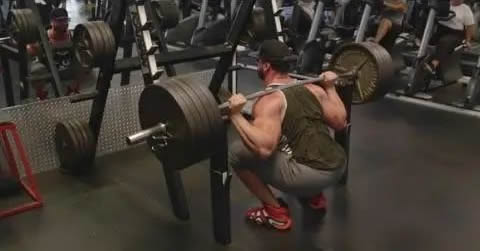
recover strength between movements by standing in a standing position. Pace yourself between movements by taking a deep breath between the first 10 or so reps, then as the reps increase, take more breaths if necessary. It may take you five minutes to complete a movement.
To make more progress, you will need to get used to high reps of deep squats. In the first week, do one set of 20 reps. In the second week do two sets. In the third week do do three sets. In the fourth week do a fourth set and continue.

the squat is known as the "King of leg movements" And works almost every major muscle in the lower body, as long as the weight is added, it's like preparing for battle.

